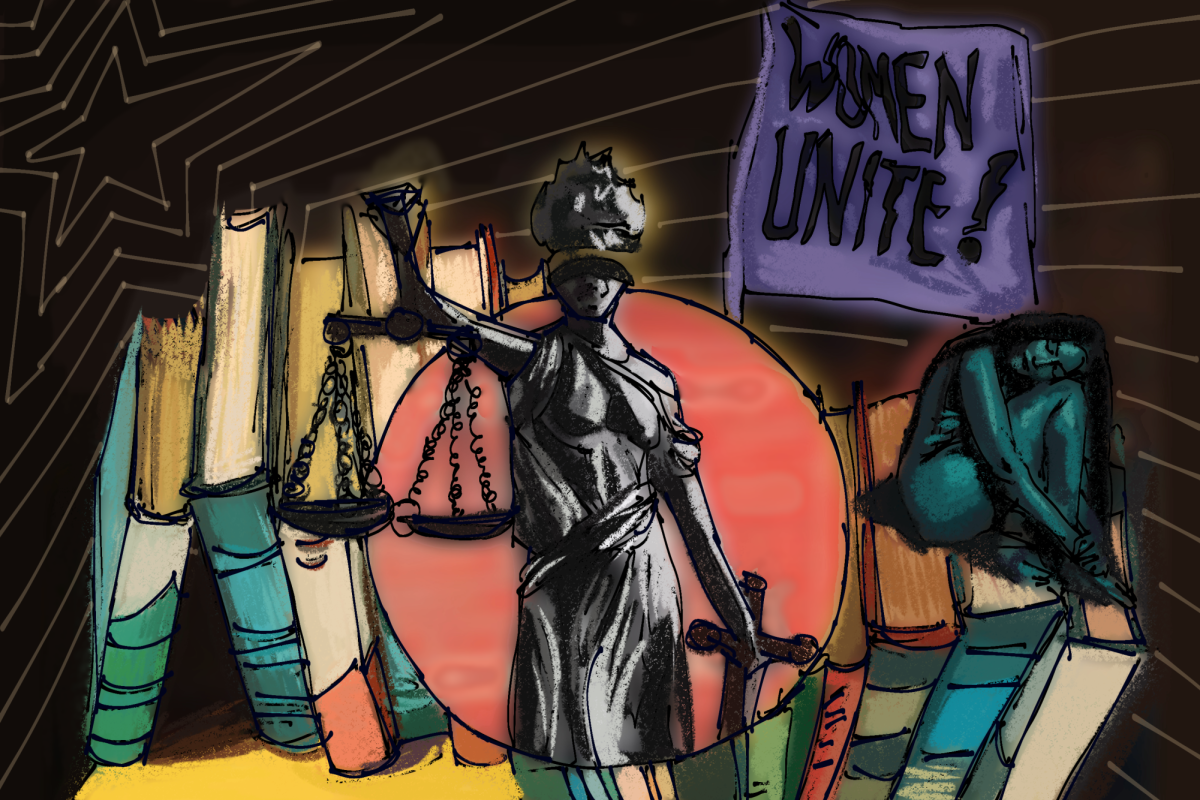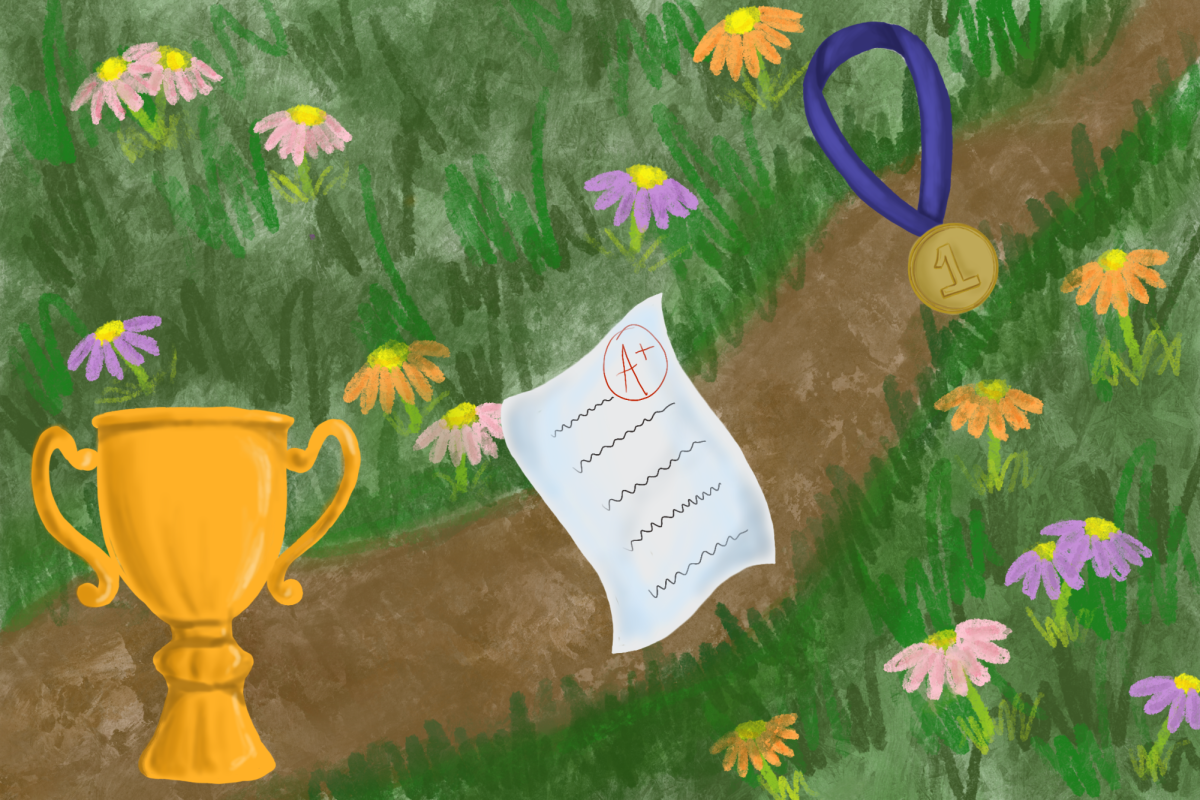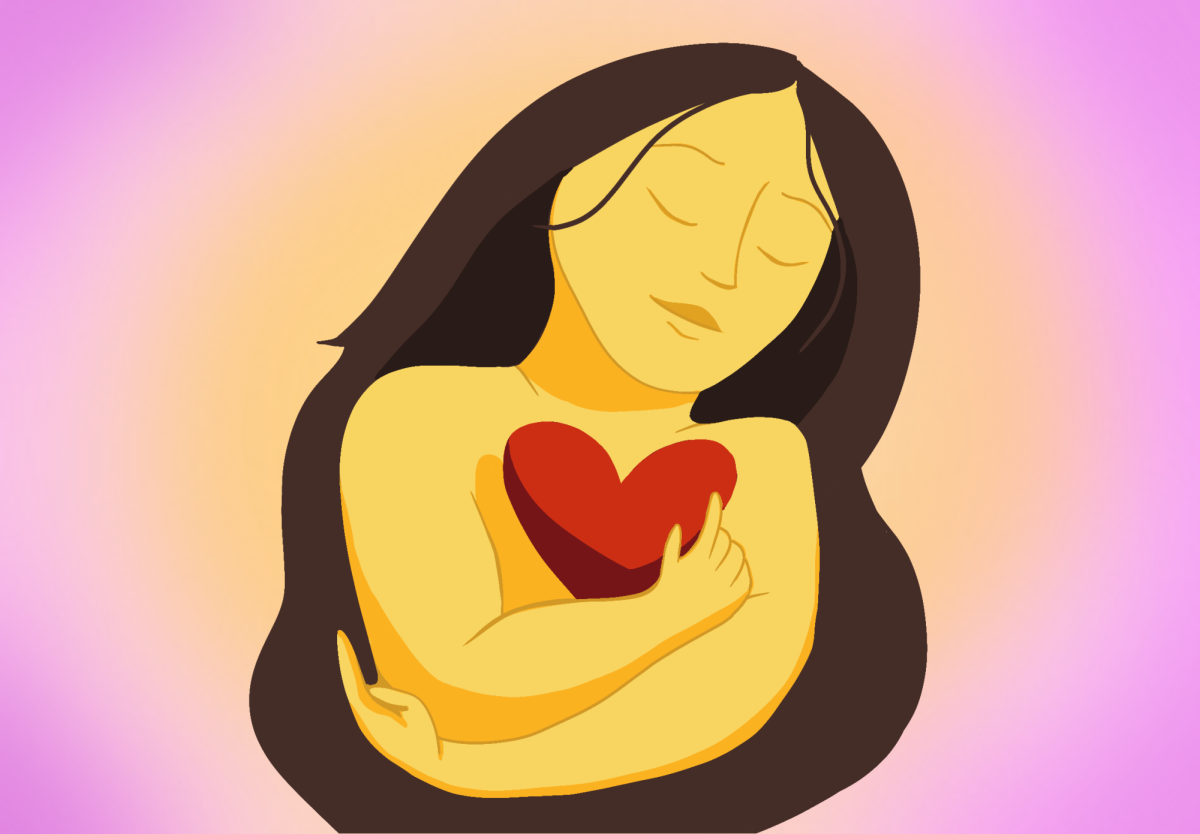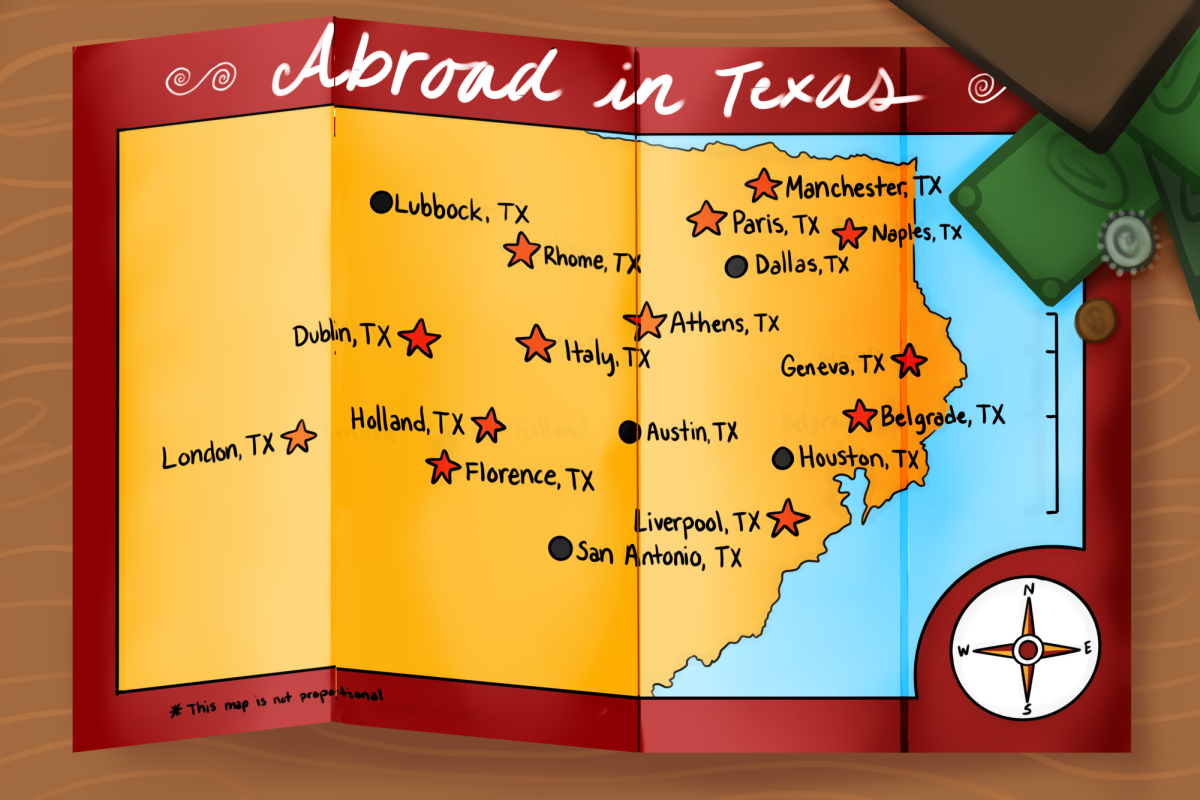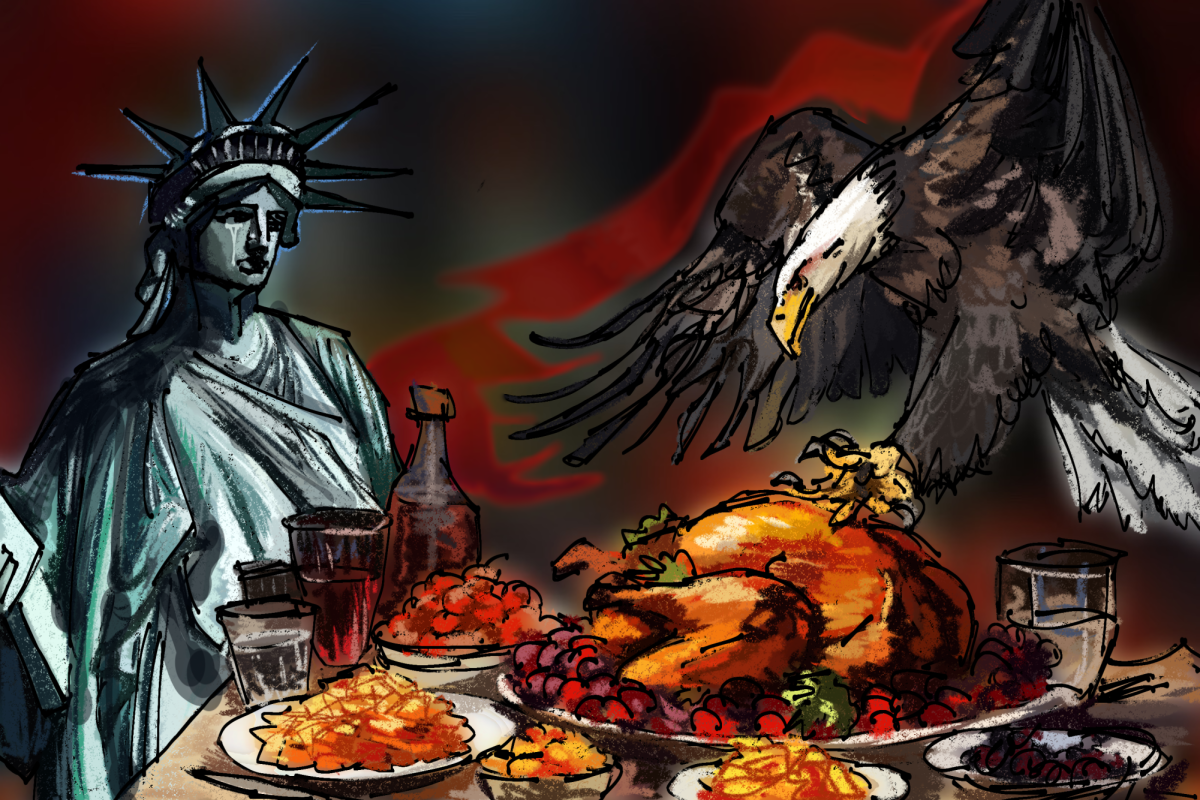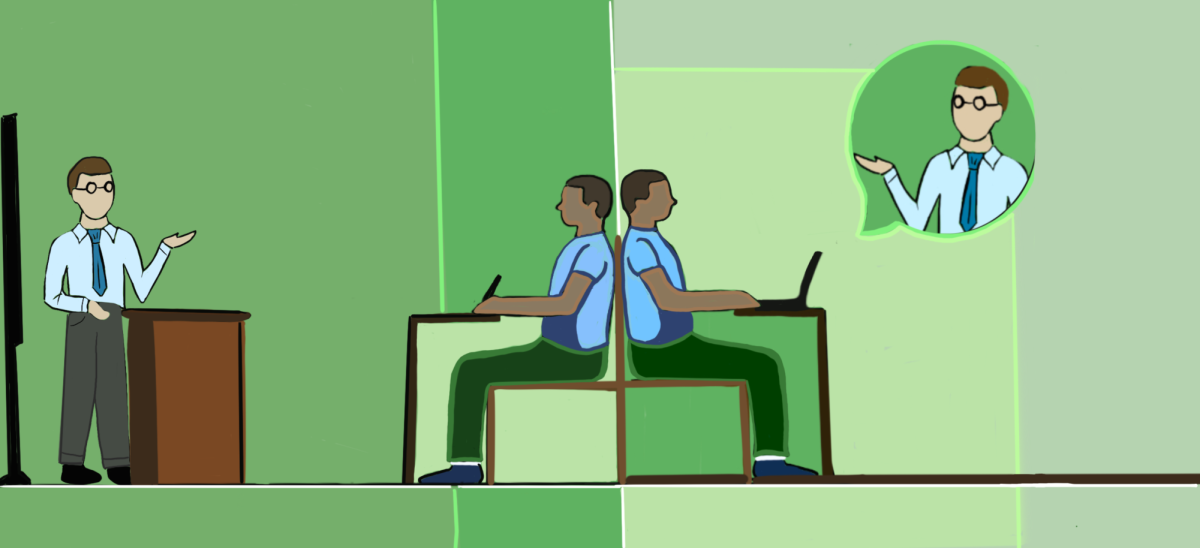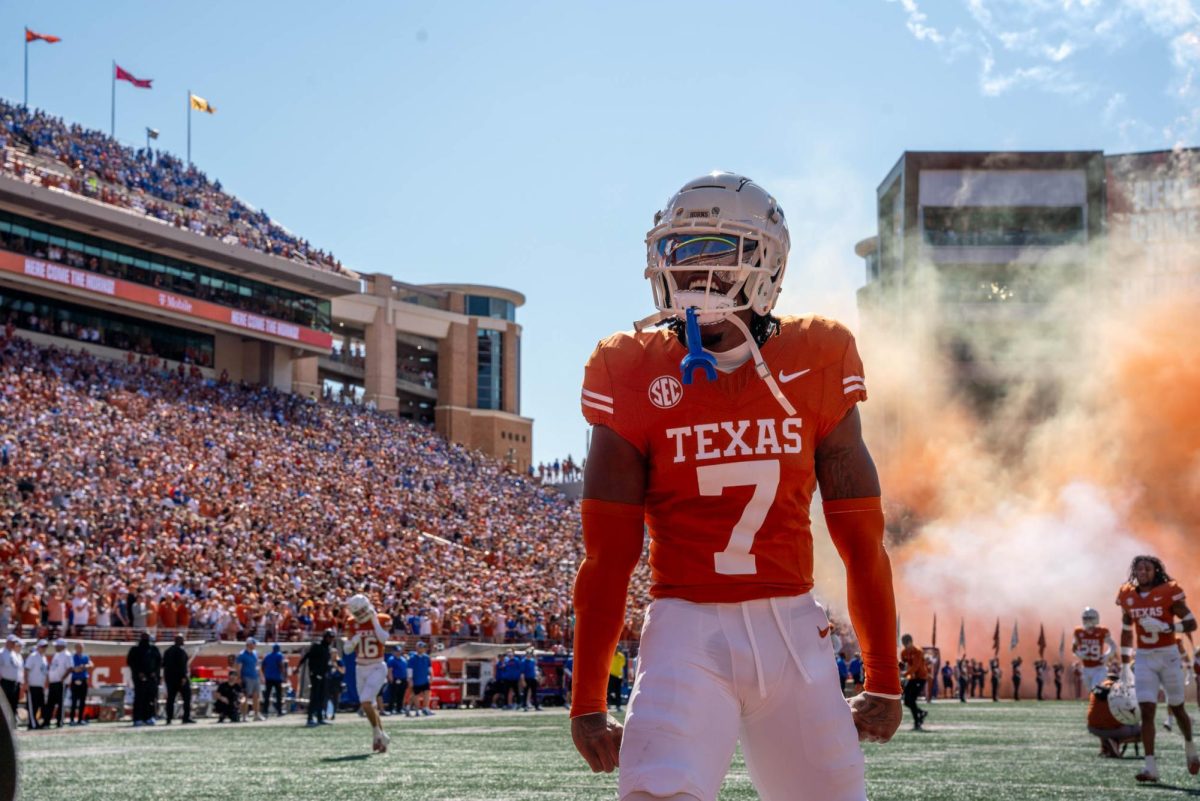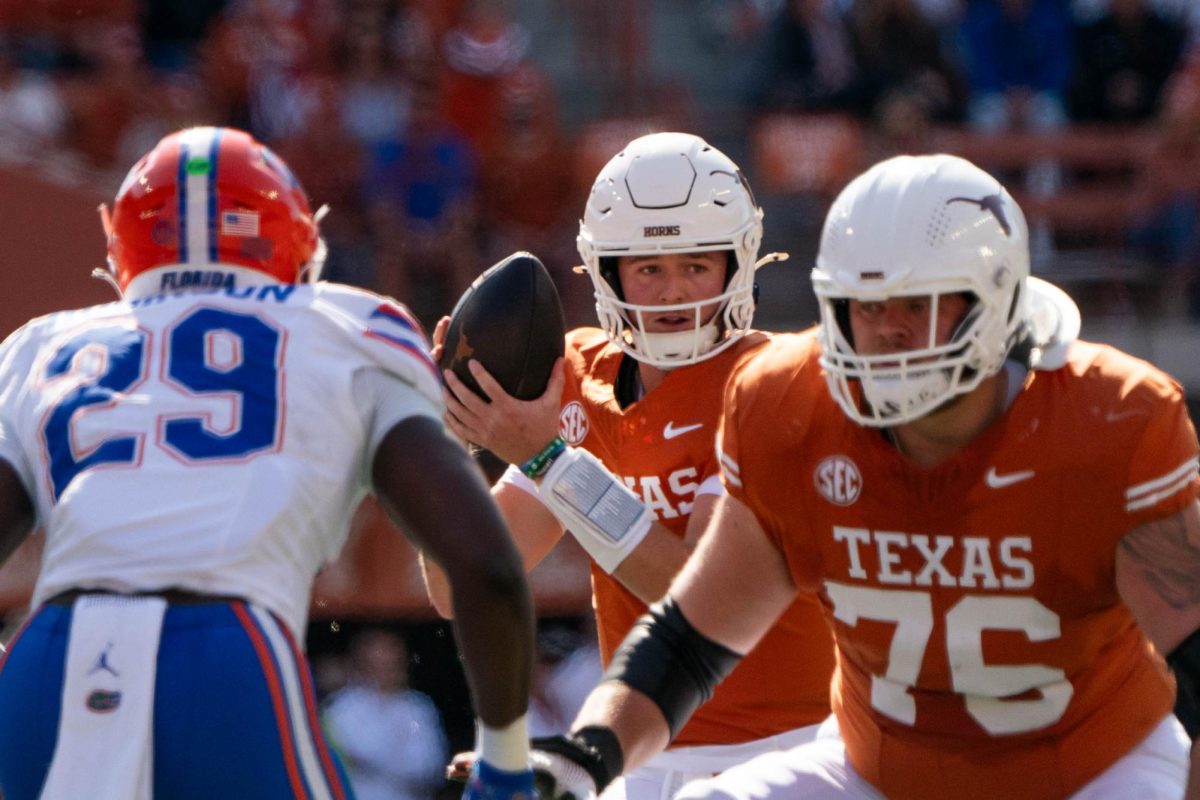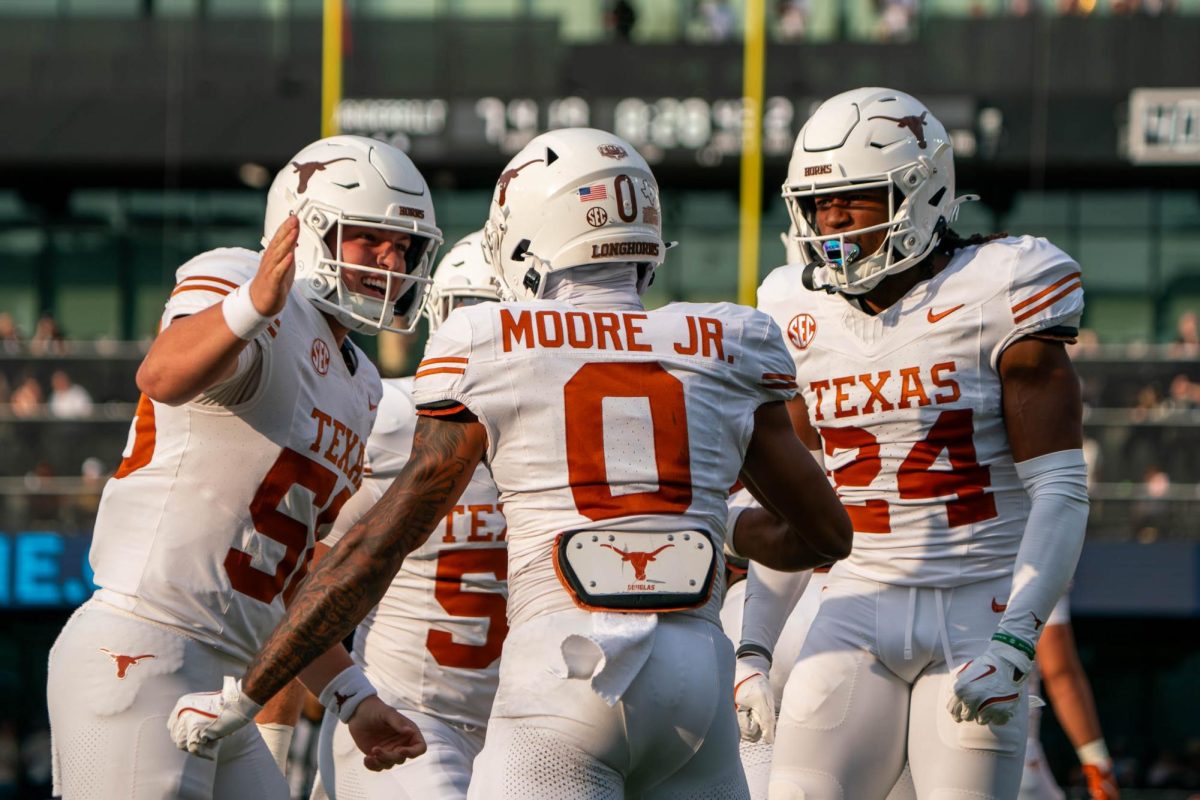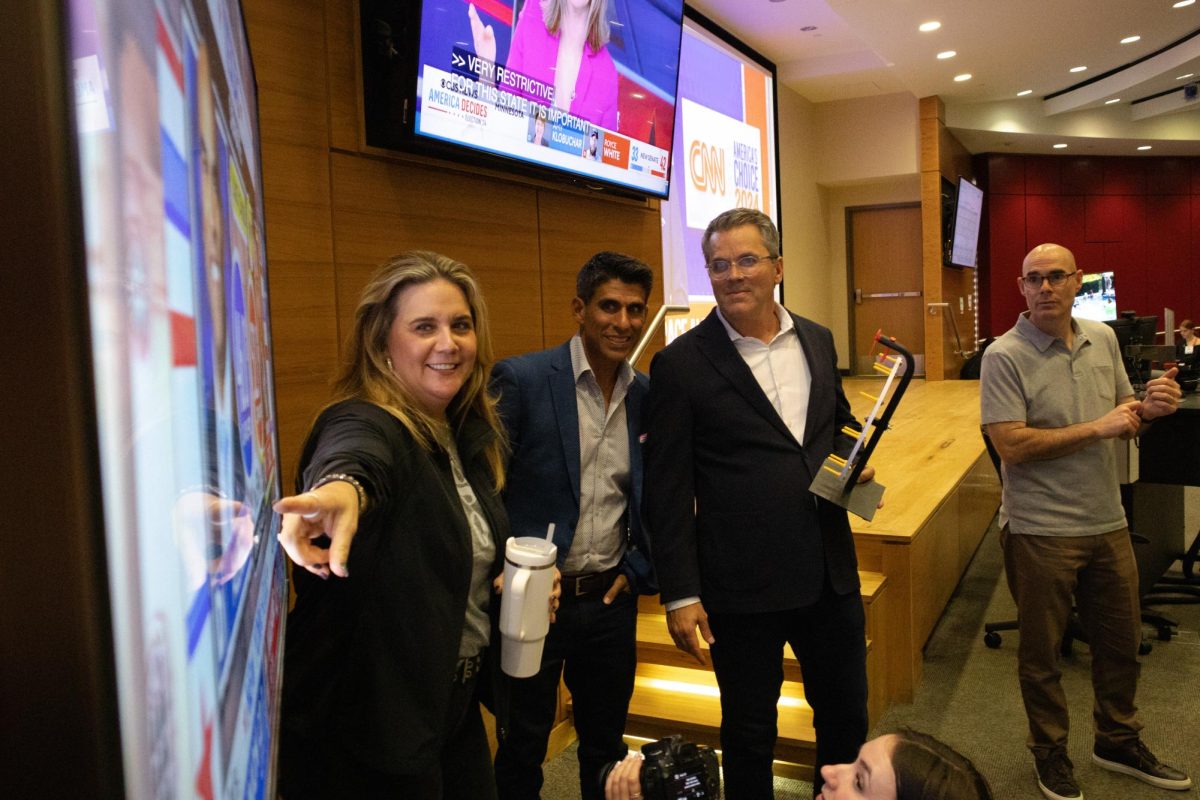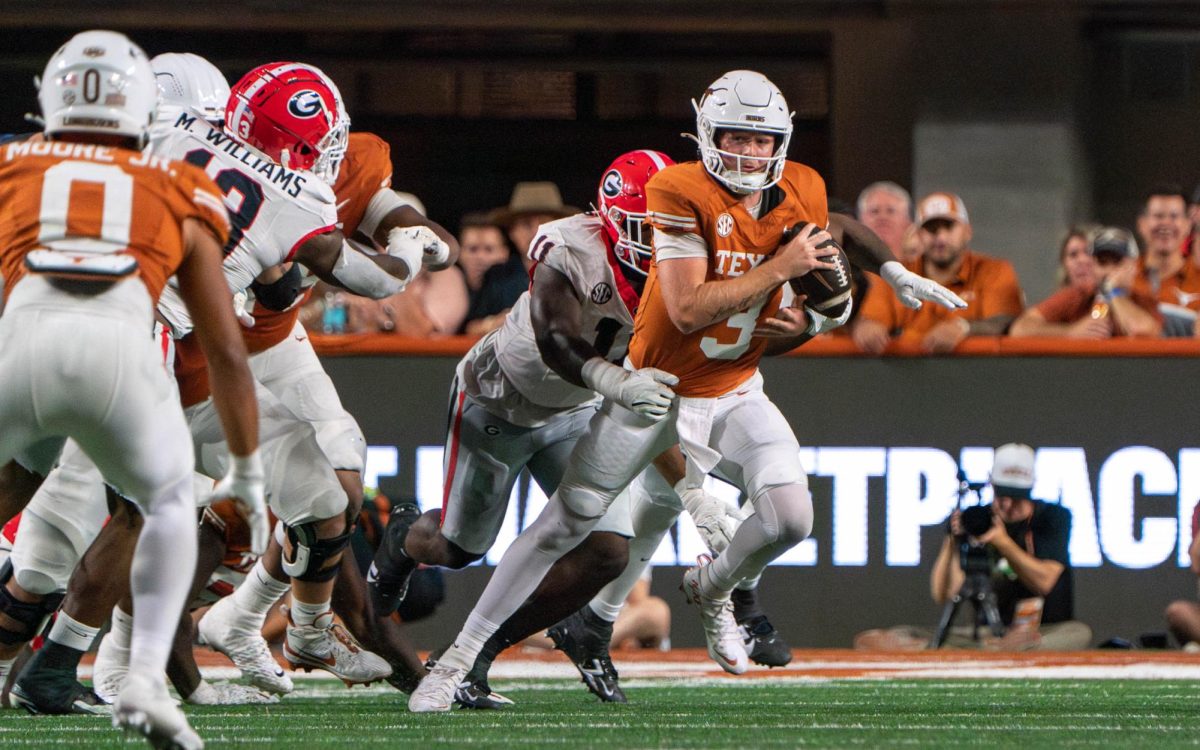I have a confession to make: I used to have qualms with homosexuality.
I was never the hate-spewing kind of homophobe, but I was someone who thought being gay meant you were inherently different from us, the allegedly “normal” straight people.
So when I got caught up in the frenzy of pure teenage entertainment known as “Glee,” I had no idea what I was in for.
Enter Kurt, the awkward adolescent still trying to come to terms with his sexual identity. Kurt is a teenager who struggles with the same issues so many other teenagers do, including me: not fitting in, recovering from the loss of a parent and being bullied. He also happens to be gay. But instead of feeling slightly uncomfortable at the thought of his sexual orientation, it didn’t matter to me. In fact, it made me sympathize even more with him, as he went through the same struggles all teens did, but felt even more alienated and unaccepted due to his sexuality.
I became so emotionally invested in Kurt that I found I was cheering him on a bit more than the other characters on the show. I celebrated his happiness and I bemoaned his sadness. I felt his ups and downs as he navigated the treacherous world of high school.
I think it originally clicked for me during Kurt’s first day at a new school when he stumbled upon the Warblers singing “Teenage Dream,” and there was Blaine, with his smooth moves and beautiful voice. I was giddy as Kurt and Blaine made dead lock eye contact and energy filled the screen — the same kind of energy that heterosexual couples have on TV shows and the same kind of giddiness I usually feel for them.
When Kurt found out Blaine was gay, I felt a glimmer of hope that maybe Kurt had found someone who could understand and appreciate him. I melted with audiences everywhere when Blaine and Kurt sang “Baby It’s Cold Outside,” and I was devastated when Blaine admitted to being into another guy, when he pulled the “just friends” card and when he thought that maybe he was into girls after all.
Then, during the most recent episode, there was “the moment” (spoiler alert!). Blaine finally fell for Kurt and everything seemed to come together for Kurt with the most romantic kiss “Glee” has seen yet.
Something that would have previously made me uneasy instead gave me a sense of joy unparalleled to any other I’ve felt during my viewing of “Glee.” It had happened: My two favorite characters had gotten together and their gender or sexual orientation mattered not one bit.
Maybe we need more stories like this one. If we’re ever going stop discussions about homosexuality as an “alternative lifestyle,” we need to show the homophobe out there that the “lifestyle” of a gay person does not mean they deserve fewer rights.
Perhaps “Glee” gives us a small insight into a way we could create social change in this nation. Protesting, petitioning and lobbying are important efforts to secure rights for the homosexual community, but another path to advocate for equality is working to change people’s deep-seated views through art and through narratives like Kurt’s.

